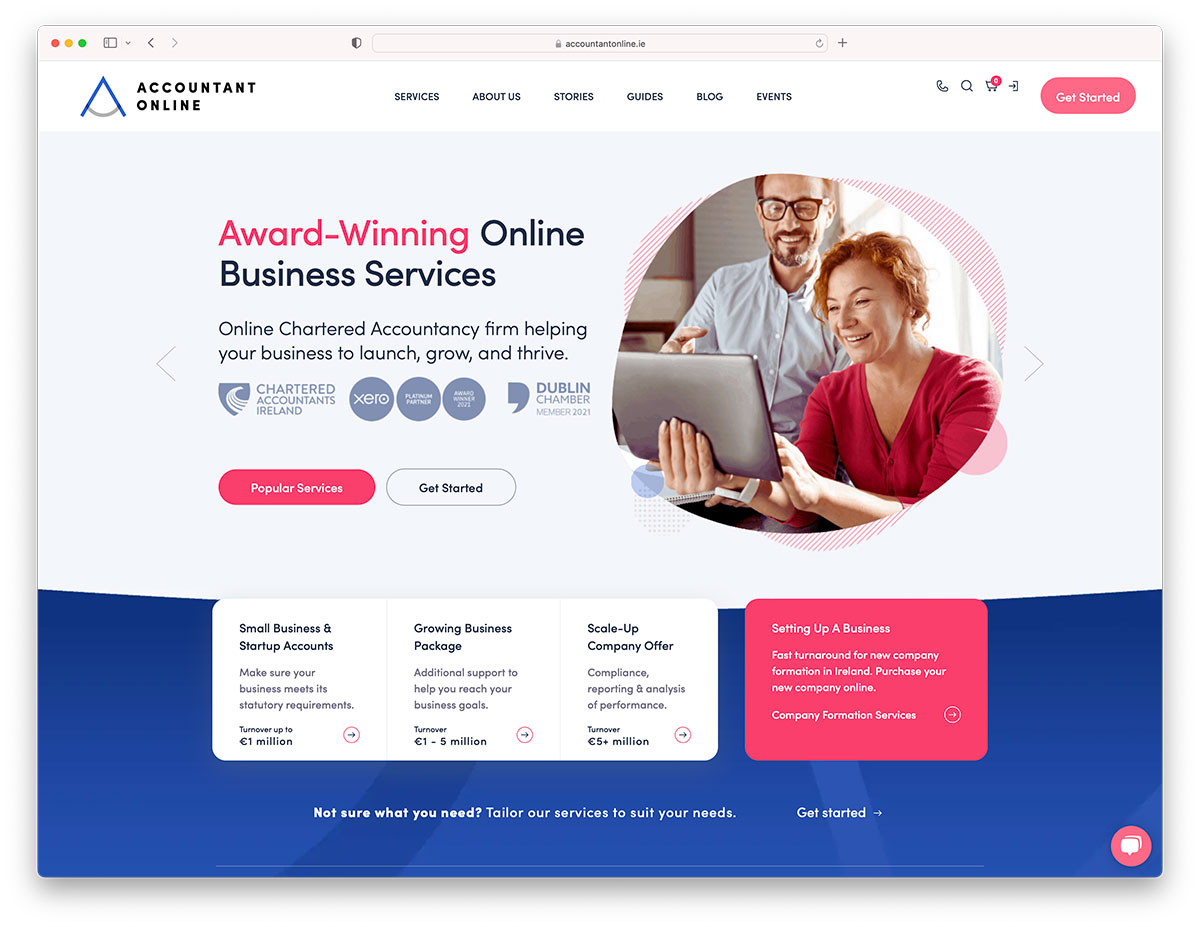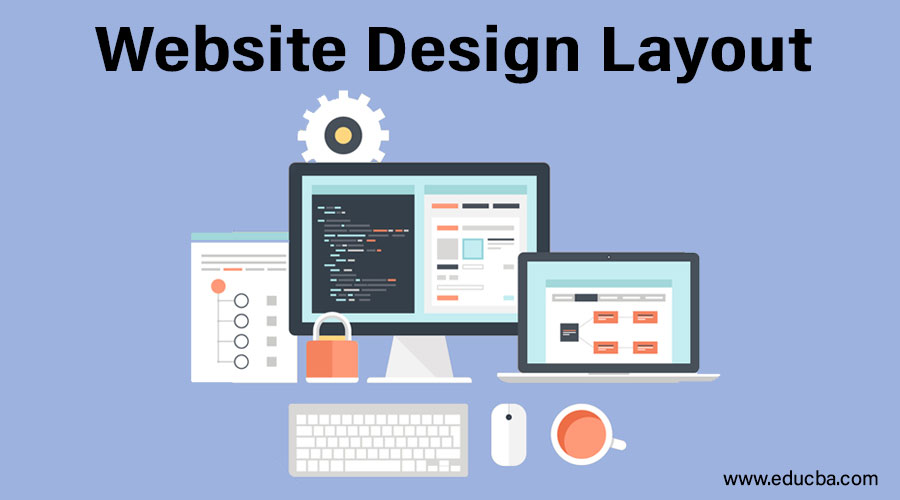How Website Design Affects User Experience and Customer Engagement
How Website Design Affects User Experience and Customer Engagement
Blog Article
Modern Internet Site Style That Records Attention and Converts
In a progressively digital landscape, modern-day site design has arised as a pivotal factor in catching user focus and driving conversions. As we check out these necessary components, it comes to be clear that recognizing their interplay can dramatically influence an internet site's performance and individual fulfillment.
Value of Visual Hierarchy
Aesthetic hierarchy is an essential element in website layout, as it overviews customers' attention and boosts their total experience. By strategically arranging material, designers can route users to the most essential info initially, therefore boosting interaction and enhancing functionality.
Incorporating a rational circulation in material plan is crucial; for example, placing one of the most crucial information on top of a page promotes immediate acknowledgment. Constant use of typography, such as differing font sizes and styles, helps develop a clear web content structure. This company not just aids in navigating yet additionally builds trust, as users really feel much more comfy when they can quickly find what they are searching for.
Ultimately, a well-executed aesthetic hierarchy not just boosts aesthetic charm however likewise considerably impacts customer habits. By prioritizing crucial components and ensuring a smooth experience, designers can efficiently transform visitors into customers, reinforcing the value of this fundamental style principle in contemporary site growth.
Responsive Layout for All Devices
Developing a seamless experience throughout various devices is necessary in today's electronic landscape, where users gain access to sites from desktops, tablets, and mobile phones alike. Receptive style is an important approach that ensures web sites adapt fluidly to different display dimensions, orientations, and resolutions. By utilizing flexible grids, photos, and CSS media questions, designers can produce layouts that maintain visual honesty and performance, despite the tool being made use of.
The relevance of responsive style prolongs past aesthetic appeals; it directly impacts individual interaction and conversion prices. An internet site that functions well on all devices motivates longer check outs and minimizes bounce prices, as individuals are most likely to interact with web content that is very easy to browse. Additionally, search engines, particularly Google, prioritize mobile-friendly sites in their rankings, making responsive style an essential part of seo (SEO)
Incorporating receptive design not just boosts user experience but likewise improves the development process. By developing a solitary site that functions across tools, organizations can conserve time and sources contrasted to developing separate mobile and desktop versions. Inevitably, receptive design is a fundamental strategy for modern-day web site layout, making certain accessibility and fulfillment for all individuals, regardless of their gadget.
Involving Interactive Elements
While a receptive layout lays the foundation for a useful web site, incorporating appealing interactive elements is crucial for capturing individual attention and fostering much deeper connections. Website Design. Interactive aspects, such as computer animations, tests, and clickable infographics, develop an extra vibrant user experience, encouraging site visitors to invest more time on the website
Incorporating interactive attributes can additionally guide users through complicated information, making it much easier to digest web content. For instance, interactive sliders can show product variants, while embedded videos can supply presentations or testimonials that resonate greater than static images or text. Gamification strategies, like rewards for involving or completing jobs with content, can boost user inspiration and retention.
Reliable usage of interactive elements not just enhances the user experience yet can additionally lead to greater conversion rates. It is important to stabilize interactivity with efficiency; extremely complex attributes might impede site rate, adversely affecting individual contentment.
Structured Navigation Practices
Reliable navigating is a cornerstone of any kind of successful website, as it directly affects customer experience and content availability. Streamlined navigating methods make sure that customers can easily situate info, enhancing their communication with the site. A well-structured navigating menu should be user-friendly and simple, generally featuring a limited variety of main groups to prevent frustrating visitors.
To accomplish structured navigating, developers should focus on an ordered structure that rationally arranges web content. Implementing breadcrumb routes can provide individuals with context concerning their current location within the website, permitting smooth backtracking. Additionally, making use of drop-down food selections can effectively save room while still providing accessibility to subcategories.
Receptive style is important, as navigating must be functional across all tools (Website Design). Mobile individuals, specifically, gain from touch-friendly menus and collapsible areas that maintain usability without compromising visual appeals

Effective Call-to-Action Methods
A well-crafted call-to-action (CTA) is vital for directing users towards desired outcomes on an internet site, as it encourages them to engage with material or make a purchase. To maximize their effectiveness, CTAs ought to be clear, compelling, and tactically positioned throughout the website.
First, utilize action-oriented language that interacts necessity or value, such as "Get Begun," "Join Now," or "Claim Your Price cut." This language not only check these guys out encourages users yet also sets clear assumptions about the next steps.
2nd, consider design components; CTAs ought to attract attention visually with contrasting shades, enough whitespace, and prominent positioning. A switch that is easy to see and click increases the chance of customer interaction.
Furthermore, individualizing CTAs based on individual habits or demographics can considerably improve engagement. Customized messages reverberate a lot more with individuals, driving greater conversion prices.

Final Thought
Finally, modern internet site style stresses the assimilation of visual pecking order, receptive layouts, involving interactive aspects, streamlined navigating, and efficient call-to-action techniques. These parts collectively boost individual experience, making certain that visitors continue to be involved and inspired to discover content further. By prioritizing these layout principles, services can substantially boost user retention and conversion prices, inevitably causing use this link higher success in the electronic landscape. The continuous evolution of website design underscores its essential duty in reliable on-line interaction and marketing.
In a significantly digital landscape, contemporary web site style has emerged as an essential aspect in recording customer interest and driving conversions.Aesthetic hierarchy is a crucial element in site design, as it overviews individuals' focus and boosts internet their overall experience.The value of responsive style expands past visual appeals; it directly affects user engagement and conversion prices.Integrating receptive layout not only boosts individual experience however likewise streamlines the growth procedure. Inevitably, responsive style is an essential method for modern site layout, making sure accessibility and contentment for all individuals, regardless of their tool.
Report this page